nlopchantamang.com
The Growing Case for Invisibility Cloaks
Ethan Brooks
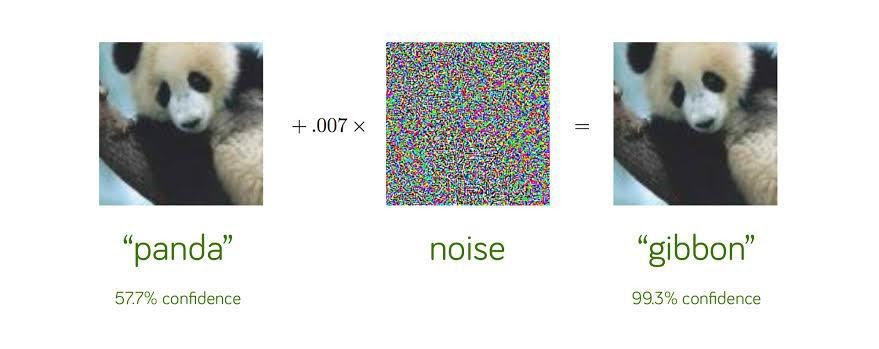
The Signal: The facial recognition (FR) market is projected to surpass $12B by 2024, with companies like Amazon, Clearview AI, and Face++ continuing to sell facial recognition services to businesses and governments alike. Amid rising mistrust of FR’s shortcomings, there’s increasing demand for "invisibility cloaks" -- products and services designed to protect users from unwanted FR tracking. D-ID, for example, has raised $23m for software that protects users’ photos from facial recognition online.
D-ID’s technology is just one example from a market that’s sure to grow in coming years: adversarial privacy products.
Adversarial designers develop products to fool computer vision applications like facial recognition. This shirt, for example, confuses some FR programs, and keeps them from "seeing" the person wearing it by exploiting weaknesses in the way computer vision works.
"You change a few [key] pixels in an image, and a neural network can’t recognize the object anymore," Eva Bojorges Rodriguez, a machine learning engineer, told us. Often, this change is imperceptible to the human eye.

The Opportunity: According to a 2019 Pew Research report, 41% of US adults feel it’s unacceptable for employers to use FR to track employees on-site, while 54% are against advertisers using FR to see how people respond to ads in real time. All of this was before the added controversies over contact tracing, and widespread protests against law enforcement overreach.
As people become more aware of this technology, privacy will play an increasingly prominent role in the design of beauty and fashion trends. The adversarial styles below, for example, are all unrecognizable to certain facial recognition programs, and show how privacy concerns could influence style in years to come.
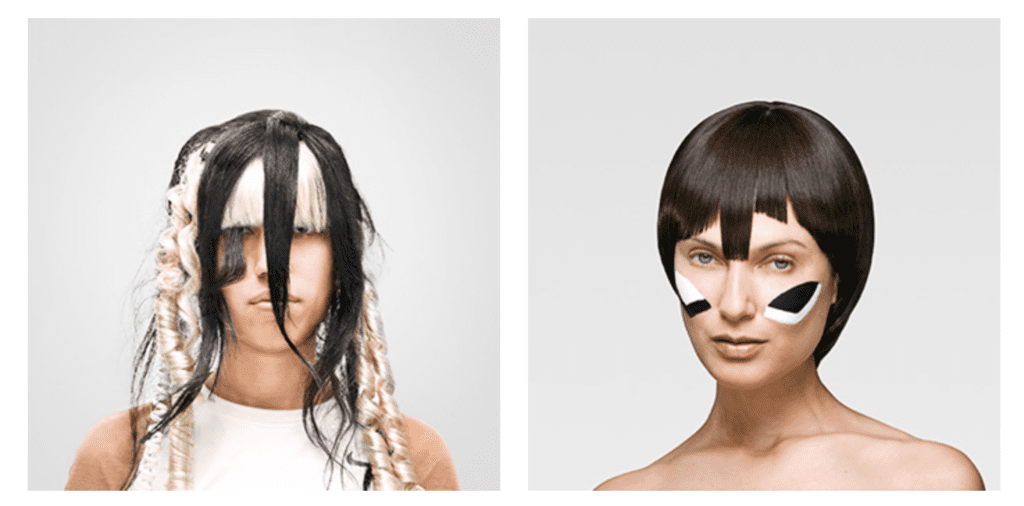
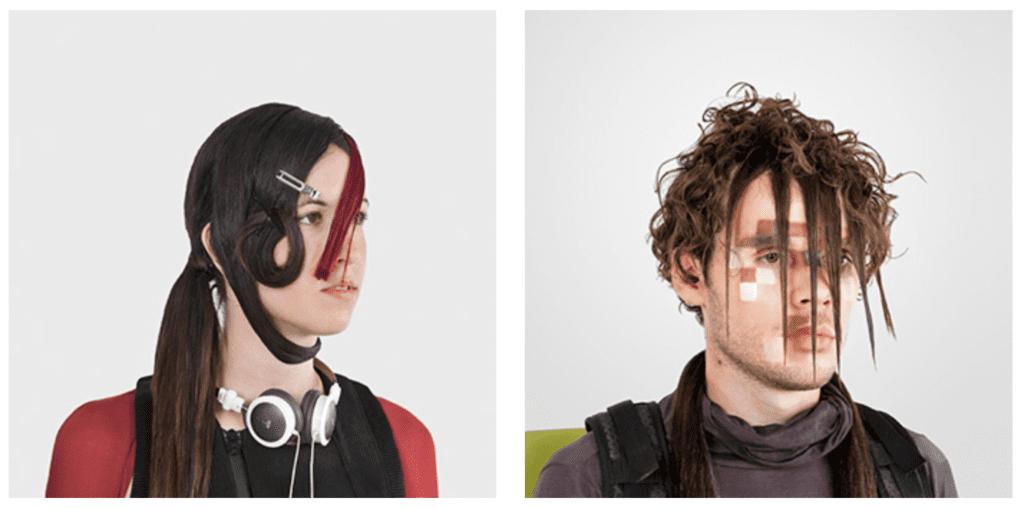
Everything from glasses to masks, dresses, celebrity face shirts, and even makeup have been used to fool FR systems. Makeup could be particularly promising, Rodriguez said, since it’s applied directly to the face, and therefore harder to circumvent.
So far, these have been mostly passion projects carried out by hackers, artists, and academics. As the stakes rise, there will be opportunities to bring these concepts to a wider market.
Where to Start: Designer Kate Rose sells a line of adversarial clothes, backpacks, and facemasks designed to confuse cameras that typically read license plates. Her talk at Defcon 27 outlines a step-by-step process for developing adversarial textiles, including best -practices for printing and which dropshipping suppliers to use.
She says that solutions should focus on 1 of 2 strategies:
- Cloaking: Blocking computer vision systems from gathering data in the first place, like Adam Harvey’s heat-blocking Stealth Wear drone camouflage.
- Confusing: Overloading the computer with extra data so it’s no longer sure what it’s seeing, like Harvey’s HyperFace bandana.
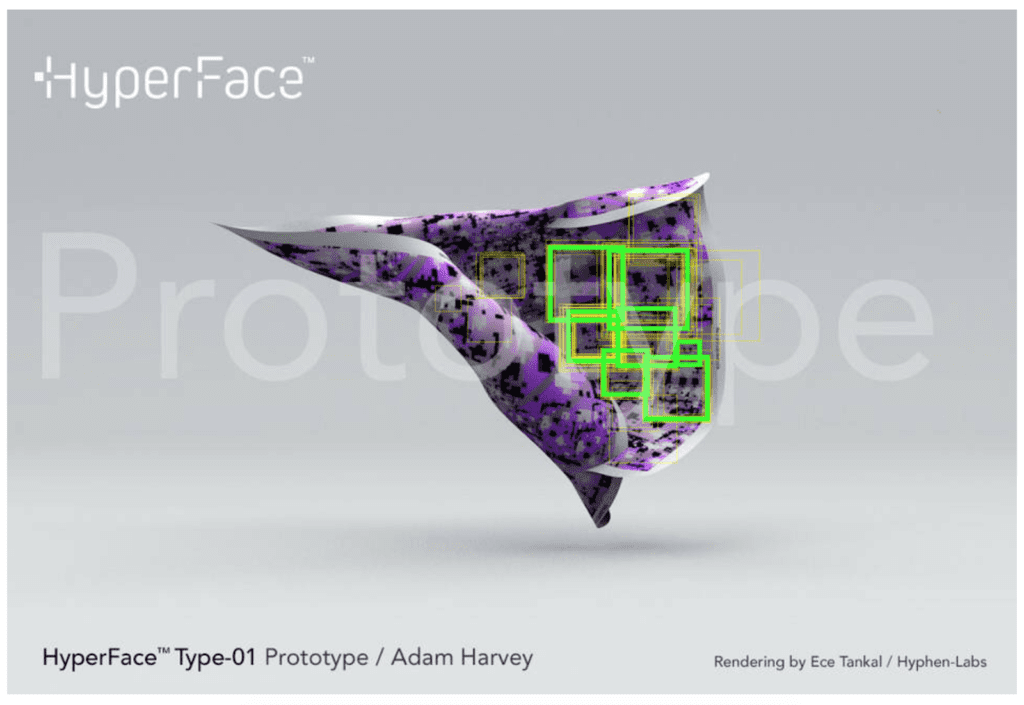
The trick for entrepreneurs exploring this space will be keeping up with the technological improvements.
"Researchers are constantly working on neural networks that work against adversarial strategies," Rodriguez told us. "And then people make adversarial neural networks better, too -- to fool the algorithms again."
The next generation of fast fashion could well be defined by this cat and mouse game between FR developers and those looking to subvert the technology.
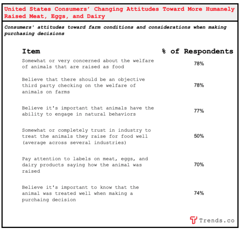
Leave a Comment